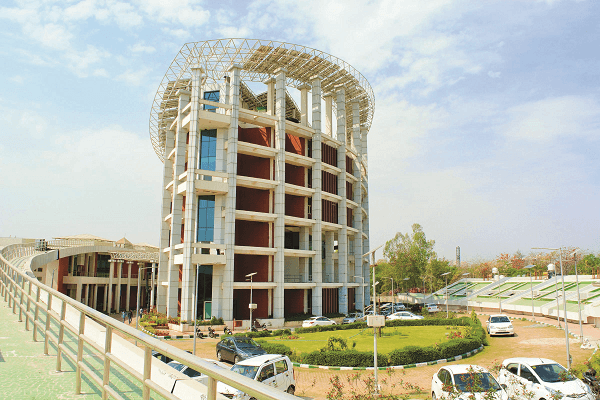Solar production has increased to 80 GW
Minister for New and Renewable Energy Pralhad Joshi has highlighted the need for deep research, innovation and global collaboration as well as called for partnerships, development of talent, and urgency to push boundaries so that such work resonates across laboratories, manufacturing units, and solar farms worldwide https://mnre.gov.in/en/.
Inaugurating a PV Module Testing and Calibration Lab at the National Institute of Solar Energy (NISE) on 22 April, he noted that the national agency focus on solar was already working on advanced technologies like Perovskite Solar Cells and Bifacial Panels.
Going forward, he told NISE to undertake initiatives for mass adoption of innovations such as AI for Solar Power Forecasting, Building-Integrated Photovoltaics (BIPV), and Solar-Driven EV Charging Stations.
The Minister also chaired a meeting to review the progress of the International Solar Alliance (ISA), he emphasized the need for collaborative global efforts in solar energy adoption.
Marking a major advancement in India’s renewable energy capabilities, Joshi wished for the NISE Lab at Gwal Pahari, Bandhwari, Haryana, to set global benchmarks in solar R&D, testing, training, and policy support while marking a bold step towards self-reliance, innovation and global excellence https://www.makeinindia.com/home/.
He noted that NISE is now equipped to offer comprehensive testing, calibration, and certification services, particularly for photovoltaic modules and technologies where no established standards currently exist.
He termed the lab a pioneering facility for India and further highlighted that as Indian companies scale up the production of large modules, this lab will ensure that products meet the highest quality standards.
Joshi noted that the lab also aligns with BIS standards and will provide a major boost to the Production Linked Incentive (PLI) scheme and support India’s aspiration to become a global manufacturing hub.
The Minister also underlined the importance of NISE as a training ground for government officials, industry professionals, and international delegates. He appreciated NISE’s efforts in training over 55,000 Suryamitra technicians and for installing more than 300 solar air dryer-cum-space heating systems in Leh, which are being used by farmers to dry apricots https://www.iea.org/.
He said such initiatives strengthen technical capacity and foster collaboration among government, industry, and academia. Shri Joshi also stated that with the new facility, NISE will significantly improve its efficiency, quality, and research in accordance with global benchmarks.
Highlighting the exponential growth in renewables, the Minister said that India’s installed solar capacity increased from 2.82 GW in 2014 to crossed 106 GW now, marking a growth of over 3,700%. In terms of manufacturing, solar module production has increased from 2 GW in 2014 to 80 GW today, with a target of reaching 150 GW by 2030. Alongside solar progress, the Minister also underscored the achievement of 50 GW in wind energy capacity.
Emphasising the government’s ambitious targets, Joshi informed that India is firmly on track to achieve the 500 GW non-fossil fuel energy target by 2030, including 292 GW of solar energy. Fiinews.com









